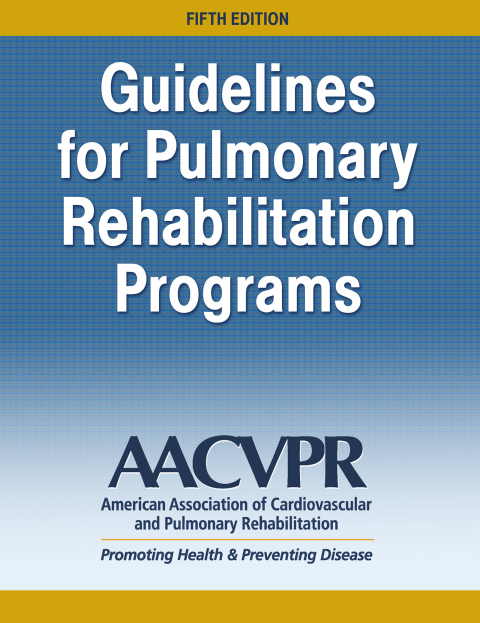Description
Efnisyfirlit
- Cover
- Title Page
- Copyright
- Dedication
- Contents
- Preface
- Acknowledgments
- 1. Overview of Pulmonary Rehabilitation
- Definition
- Rationale for Pulmonary Rehabilitation
- Pulmonary Rehabilitation and Integrated Care of the Respiratory Patient
- History of Pulmonary Rehabilitation
- Evidence-Based Guidelines on Pulmonary Rehabilitation
- Positioning Pulmonary Rehabilitation within the GOLD 2017 Guidelines
- Current Status of Pulmonary Rehabilitation
- Summary
- 2. Selecting and Assessing the Pulmonary Rehabilitation Candidate
- Patient Selection
- Patient Assessment
- Summary
- 3. Exercise Assessment and Training
- Rationale for Exercise Training in Chronic Lung Disease
- Mechanisms of Exercise Intolerance in Chronic Respiratory Disease
- Exercise Assessment
- Field Tests (Walking Tests)
- Graded Exercise Test and Cardiopulmonary Exercise Tests
- Functional Performance Assessment
- Exercise Prescription
- Volume, Pattern, and Progression of Exercise Training
- Resistance Exercise Testing
- Other Tests of Muscular Fitness
- Inspiratory Muscle Training
- Flexibility Training
- Patient Safety
- Precautions in Pulmonary Hypertension
- Exercise-Induced Hypoxemia
- Home Exercise Considerations
- Emergency Procedures
- Documentation of the Evaluation and Treatment Session
- Summary
- 4. Collaborative Self-Management and Patient Education
- Developing an Individualized Self-Management Program
- Implementing Self-Management Training
- Summary
- 5. Psychosocial Assessment and Intervention
- Assessment of Psychosocial Functioning
- Interventions to Improve Psychosocial Functioning
- Partnering with a Psychosocial Provider
- Summary
- 6. Nutritional Assessment and Intervention
- Compromised Nutritional Status in Pulmonary Disease
- Diet Intake and COPD
- Assessment of Nutritional Status
- Nutrition Support
- Summary
- 7. Patient-Centered Evidence-Based Outcomes
- Timing and Analyzing Outcomes
- Patient-Centered Outcome Measures
- Summary
- 8. Disease-Specific Approaches in Pulmonary Rehabilitation
- Obstructive Lung Diseases
- Restrictive Lung Diseases
- Pulmonary Hypertension
- Lung Cancer
- Pulmonary Rehabilitation and the Surgical Patient
- Summary
- 9. Program Management and Reimbursement Realities
- Interdisciplinary Team
- Program Content and Structure
- Administrative Aspects of Program Management
- Postrehabilitation Maintenance
- Reimbursement Realities
- Strategies for Program Success
- Summary
- 10. Putting It All Together: Performance Measures, Outcomes, Valid and Reliable Tools, and Program Certification
- Measuring the Quality of Patient Care
- AACVPR Outpatient Pulmonary Rehabilitation Registry
- Pulmonary Rehabilitation Professional Certificate
- Pulmonary Rehabilitation Program Certification
- Summary
- Appendix A: Forms, Questionnaires, Assessments, and Individualized Treatment Plan Example
- Appendix B: American Thoracic Society/European Respiratory Society Statement: Key Concepts and Advancements in Pulmonary Rehabilitation
- Appendix C: Clinical Competency Guidelines for Pulmonary Rehabilitation Professionals
- Appendix D: Example of a Typical Pulmonary Rehabilitation Facility and Examples of Pulmonary Rehabilitation Programs That Meet 2, 3, and 5 Days a Week
- Appendix E: Summary of Additional Recommended Guidelines for Pulmonary Rehabilitation
- References
- Index
- About the AACVPR






Reviews
There are no reviews yet.